Revisiting EFSA@EXPO: How best to unlock the treasure trove of data?
Data collection and analysis are at the core of EFSA’s work. Every year EFSA receives millions of data records including, for instance, analytical records on pesticide Substance used to kill or control pests, including disease-carrying organisms and undesirable insects, animals and plants residues and on contaminants in food and feed. EFSA uses this information for its risk assessments. Beyond that these data remain largely unexploited. Against the background of ever stronger societal demands for open data it is timely to ask how these data can be shared and used more widely. Scientists discussed open data, data interoperability, data quality and data visualisation at the break-out session on “Open risk assessment A specialised field of applied science that involves reviewing scientific data and studies in order to evaluate risks associated with certain hazards. It involves four steps: hazard identification, hazard characterisation, exposure assessment and risk characterisation: data”.
Strengthening open science in Europe
Open-data initiatives exist in many Member States. There is a need for more cooperation and coordination in support of Europe-wide, data-driven open science. Recognising this, the European Commission has launched the European Open Science Policy Agenda, which supports initiatives to develop big data infrastructure, improve data standards, increase data sharing and develop new methodologies. Jean-Claude Burgelman of the European Commission began the session by showing how policy developments at European level respond to societal demands for open data and open science.

Presentation: PDF | Slideshare
Opening up EU public sector data
Public data are generated using public money and should be freely available to citizens and companies. This is a fundamental principle of the EU Open Data policy, said Yvo Volman of the European Union’s Publications Office. There are good reasons for opening up public data – the economic benefit alone is estimated to be as much as €40 billion a year, Volman said. He explained how the EU’s Open Data Portal provides a single access point to EU public sector data.

Presentation: PDF | Slideshare
Visualising data
At a time where we are confronted with an overabundance of information, the ability to make sense of vast amounts of data is crucially important. Data visualisation – providing a visual interface to data – is a powerful tool to access the meaning of data, draw knowledge from them and identify new avenues for research. Using examples from Indiana University’s exhibition “Places & Spaces: Mapping Science”, the university’s Katy Börner illustrated how data visualisation techniques can be used to extract a bounty of useful information.
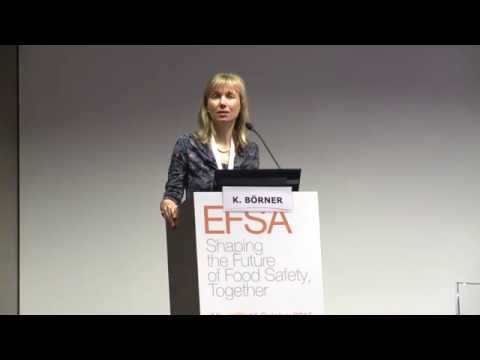
Presentation: PDF | Slideshare
Making data discoverable
Using the full potential of open data requires a way to make these data discoverable. Users, both people and machines, need to be able to find the data they need. Information identifiers are the key to making data useable. Information identifiers are labels allowing unambiguous and precise identification of information across different contexts and communities. Dave Weller from Thomson Reuters shared his experience of identifiers and of identifier schemes which provide the rules for identifier creation and assignment.

Presentation: PDF | Slideshare
EMA: opening clinical trial data
Striking the right balance between making industry data available and protecting privacy and commercial interests is challenging. But it is not impossible, as Hans-Georg Eichler of the European Medicines Agency (EMA) demonstrated in his talk. Since 2014 EMA has applied a strict policy of open access to all clinical trial data for medicines. This policy helps improve the efficiency of clinical trials, identify research needs and support future medicine development.
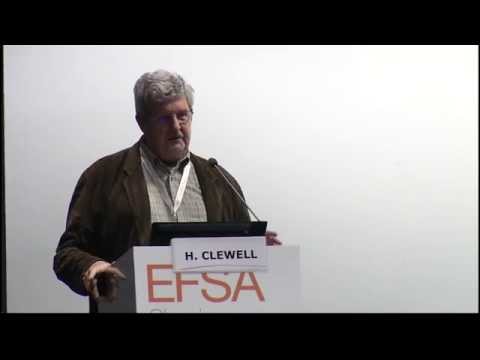
Presentation: PDF | Slideshare
EFSA and Member States join efforts to open up data
EFSA relies on data from Member States to carry out its risk assessments in the area of food safety. The volume of data is constantly increasing, which makes standardisation and harmonisation efforts essential. Leif Busk of Sweden’s National Food Agency and EFSA’s Stefano Cappè showed in their presentation that much progress has already been made in this regard. As EFSA brings to life its vision of open data access, more needs to be done, with data governance a key issue to be addressed.
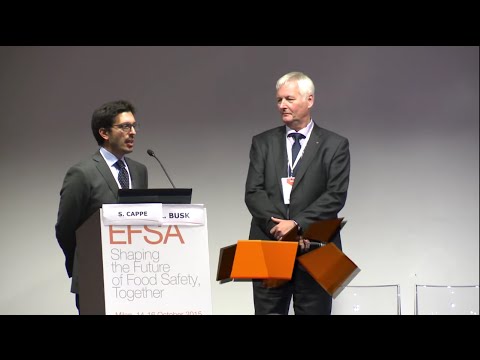
Making data available to customers: an example
As customers of food products, we demand ever more information on the products we purchase. We want to know where a product comes from, what it is made of and by when we need to consume it. Britta Gallus of the Metro Group showed how her company responds to such demands by managing a vast amount of related data and making them available to the customer. Transparency and traceability The ability to track the journey of a foodstuff or ingredient through all stages of production, processing and distribution along the entire supply chain are essential to gain consumers’ trust, she said.
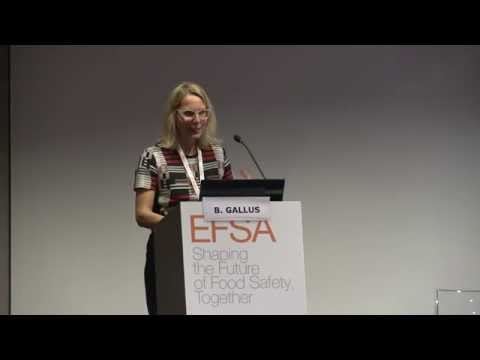
Presentation: PDF | Slideshare
Moderated Panel Discussion
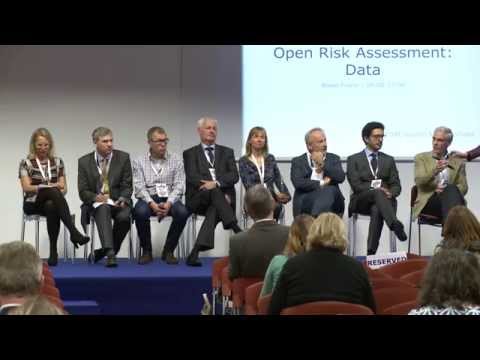
How to contact us
EFSA Media Relations Office
Tel. +39 0521 036 149
E-mail: press [at] efsa.europa.eu (Press[at]efsa[dot]europa[dot]eu)
(Only if you are a member of the press)
Ask a Question Service
You have a question about EFSA’s work? Contact our Ask a Question service!